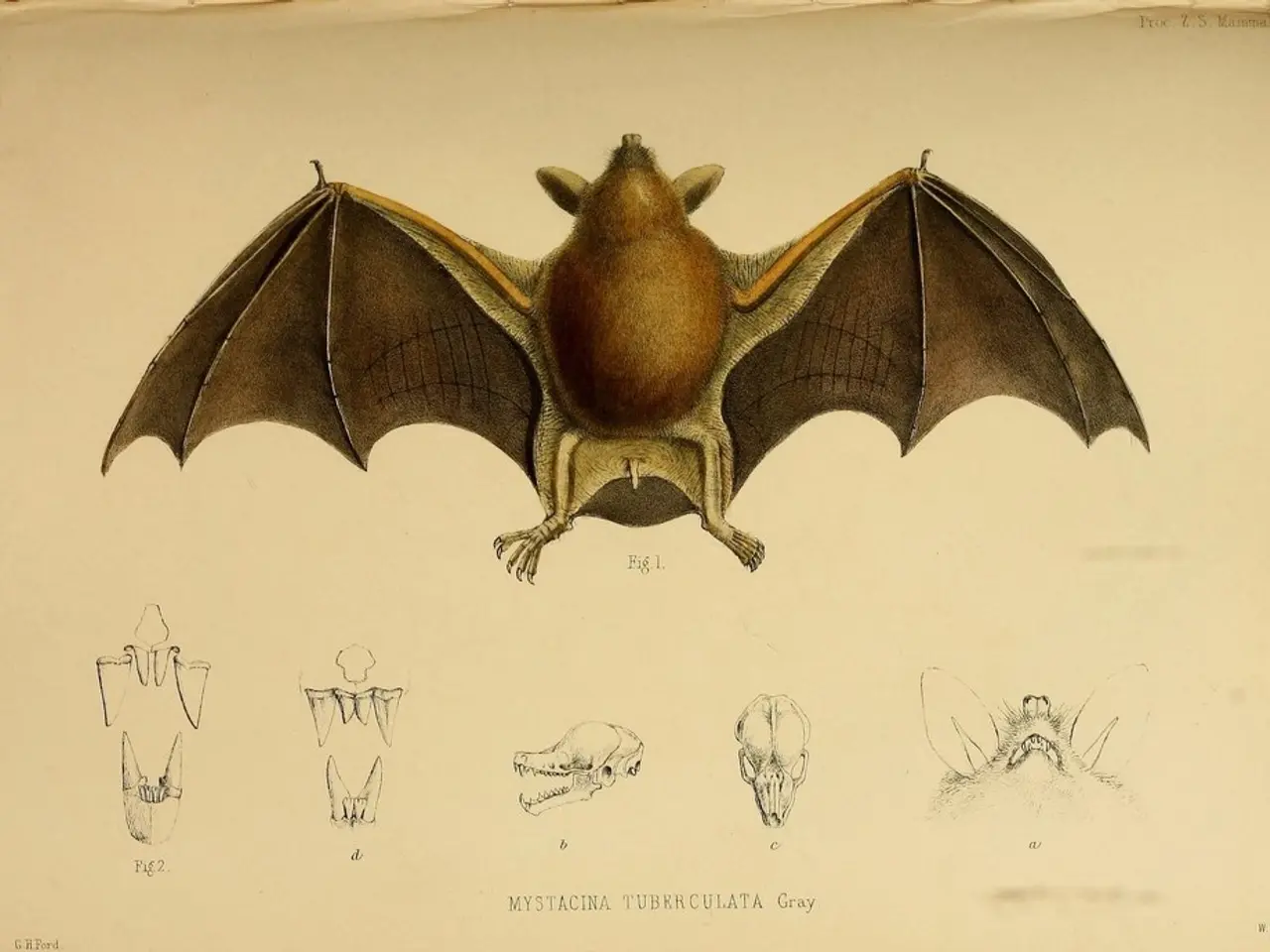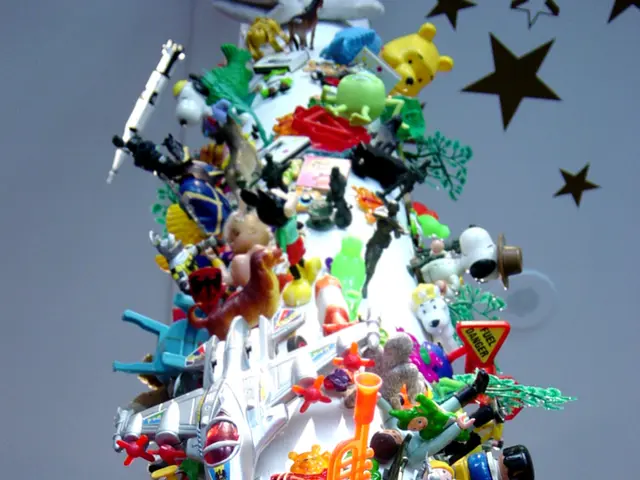China alters export restrictions on specific technologies - control over battery cathode materials
In a strategic move aimed at strengthening its dominance in the global electric vehicle (EV) battery market, China has updated its catalog of technologies subject to export controls. The latest revision, announced by the Ministry of Commerce and Ministry of Science and Technology on July 15, 2025, includes battery cathode material preparation technology among the restricted technologies.
The addition of this technology to the export control list is a strategic decision designed to protect and capitalize on China's leading role in the EV battery industry. Chinese firms like CATL and BYD control about 70% of the global EV battery market, and China holds around 65% of worldwide lithium processing capacity needed for lithium-ion batteries. Restricting exports of core battery technologies ensures China maintains a competitive advantage and control over the supply chain.
This move also finalizes earlier threats made during China’s trade disputes (notably with the U.S.) and enhances China’s bargaining power in future trade negotiations by limiting foreign access to crucial technologies. By requiring export licenses, China controls how sensitive battery technologies are transferred abroad, potentially slowing down foreign competitors' development of comparable technologies and supporting domestic innovation.
The updated catalog also includes materials such as lithium iron phosphate in the battery cathode material preparation technology. Additionally, spodumene-based lithium carbonate production now requires control under the modified non-ferrous metallurgy technology restrictions. Gallium metal extraction requirements have also been adjusted under these modifications.
However, the revision does not affect traditional Chinese architectural techniques or building environment control technologies, which have been removed from the prohibited and restricted items lists, respectively. The adjustments aim to maintain national economic security and development interests while promoting international economic and technological cooperation.
Extensive opinions were solicited from various entities including government departments, industry associations, academic communities, and the general public during the revision. The catalog, first published in 2001, has been revised in 2008, 2020, and 2023.
Despite these restrictions, China remains committed to high-standard opening-up and improving its domestic business environment. China is ready to deepen technological exchanges with all countries. Export licenses are required for battery cathode material preparation technology due to its increasing use in sensitive areas.
For heavily dependent nations like India, these restrictions pose challenges by increasing costs and delaying EV industry growth, possibly encouraging them to develop indigenous technologies over time.
References: [1] China Daily. (2025, July 16). China updates catalog of technologies subject to export controls. Retrieved from https://www.chinadaily.com.cn/a/202507/16/WS62a83c5ba3108a46039c057e.html
[2] South China Morning Post. (2025, July 16). China tightens control over EV battery technology to protect its global dominance. Retrieved from https://www.scmp.com/business/companies/article/3158798/china-tightens-control-over-ev-battery-technology-protect-its
[3] Reuters. (2025, July 16). China tightens control over EV battery technology. Retrieved from https://www.reuters.com/business/autos-transportation/china-tightens-control-over-ev-battery-technology-2025-07-16/
The addition of battery cathode material preparation technology to China's export control list is a strategic move to protect and capitalize on China's leading role in the EV battery industry, given the control its firms like CATL and BYD have over about 70% of the global EV battery market. Meanwhile, the updated catalog also includes technology for spodumene-based lithium carbonate production and adjustments in gallium metal extraction requirements under these modifications.




